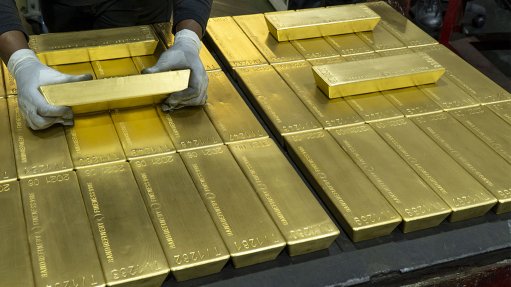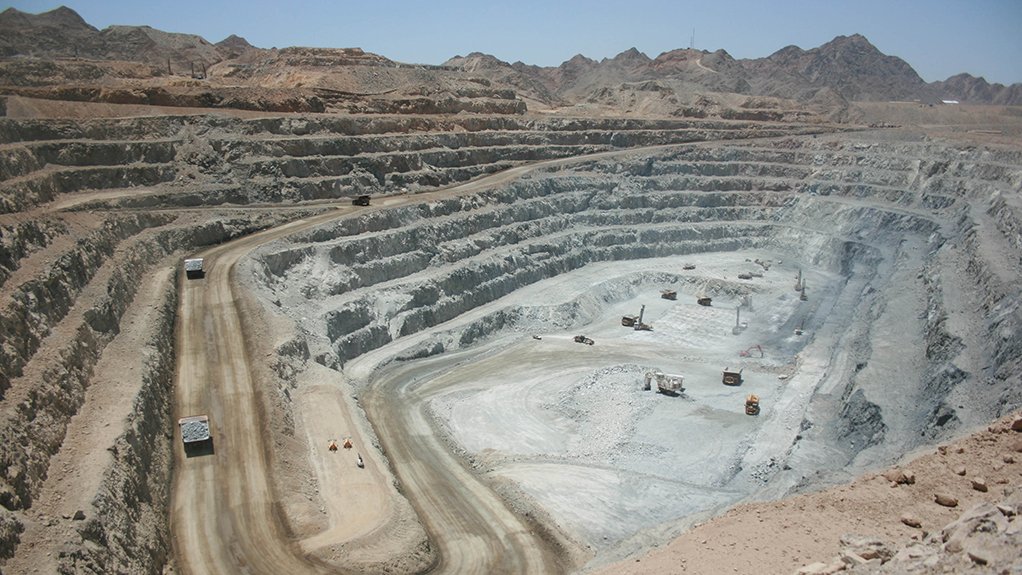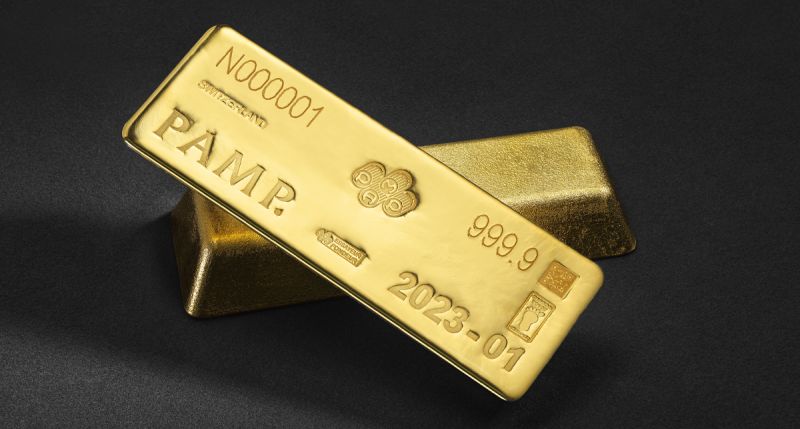Precious Metals

Benefits of gold’s enduring resilience is as relevant as ever, says World Gold Council

While much has happened on the policy front and in the broader economy since the publication of the World Gold Council’s ‘Why gold in 2025? A cross-asset perspective’ report earlier this year, uncertainties and vulnerabilities remain across geopolitical, fiscal, and trade domains, with gold currently trading at $4 072/oz.
“Investors are particularly concerned about growth and inflation, creating a challenging situation for policymakers as the dual policy goals of the Federal Reserve are in direct conflict,” De Pessemier writes in the council’s latest gold market round-up.
“With persistent fears of stagflation, gold has once again stepped into the spotlight, rising more than 50% this year.
“Importantly, the core reasons for considering alternative assets such as gold remain largely unchanged.
“First, equities appear complacent. US equities have posted remarkable gains in recent months, reigniting concerns about valuation excess and concentration risk,” he adds, with investors facing a market that feels euphoric on the surface but remains fragile underneath.
“Should economic pressures mount, investors may increasingly seek refuge in safe-haven assets, with gold standing out as a historically resilient option.”
Slow hire becoming no hire
“Second, bond markets remain uncertain. The US Federal Reserve officially resumed its easing cycle in September, cutting the federal funds rate by 25 basis points in response to a cooling labour market – an action widely anticipated by markets.
“However, US long-term yields could face renewed upward pressure if tariffs and reshoring efforts drive domestic costs higher, complicating the Fed Reserve’s inflation target.
“At the same time, long-term treasuries remain exposed to concerns over the Federal Reserve’s independence and the US government’s sizeable fiscal funding needs.
“Against this backdrop, gold’s appeal as a hedge against both equity and bond market instability is growing, although risks exist.”
Gold’s rapid ascent could prompt rebalancing and profit taking. For example, from a technical standpoint, the monthly Relative Strength Index is above 90, with gold more than 20% above its 200-day moving average.
These factors could lead to short-term reversals. In addition, the sharp increase in the gold price could dampen consumer demand while global trade normalisation and a pick-up in GDP growth could revive risk appetite further.
“In summary, maintaining a diversified approach and remaining vigilant to shifting market dynamics is essential. Amidst a growing investor base, secular US dollar weakness and continued geoeconomic uncertainty, gold’s enduring resilience and diversification benefits remain as relevant as ever,” De Pessemier emphasises in the release to Mining Weekly.
Gold is projected by Metals Focus to exceed $5 000/oz in 2026, as ongoing trade tensions, declining interest rates and mounting fiscal pressures fuel substantial investment inflows into gold.












